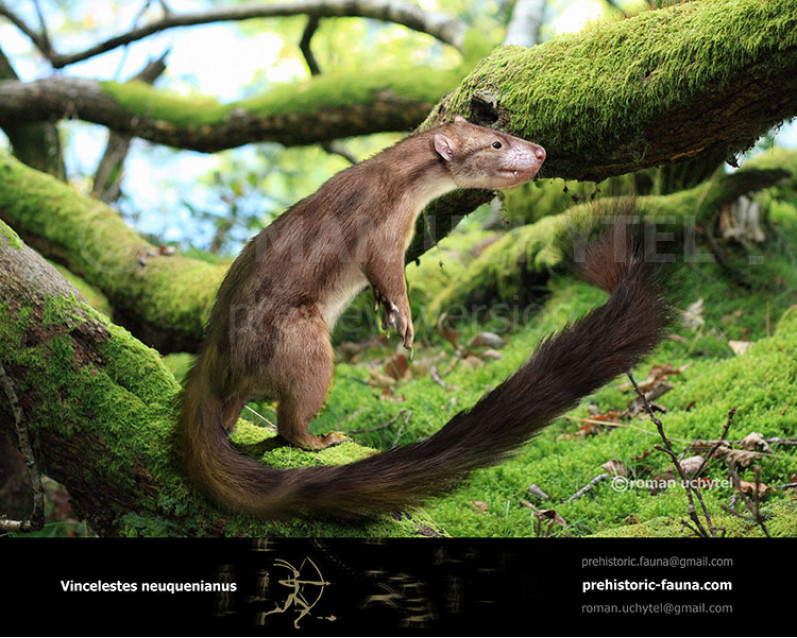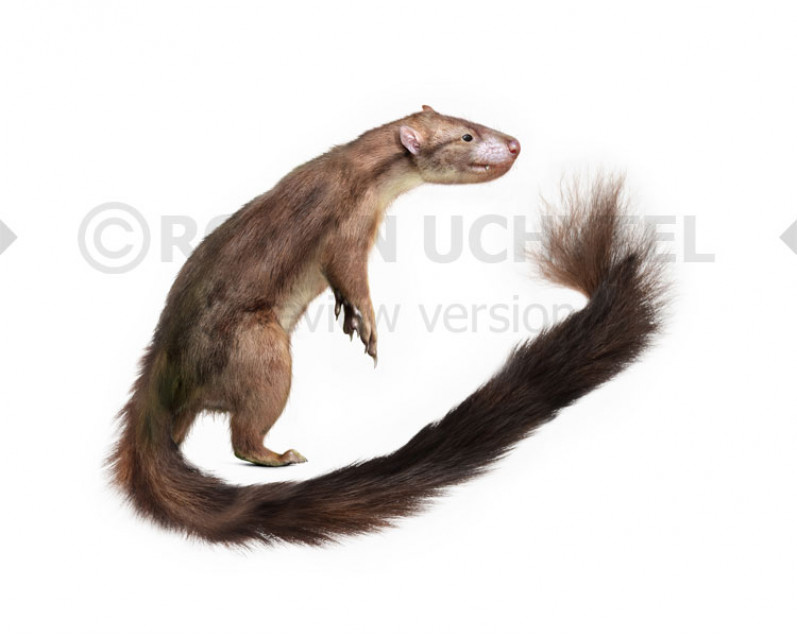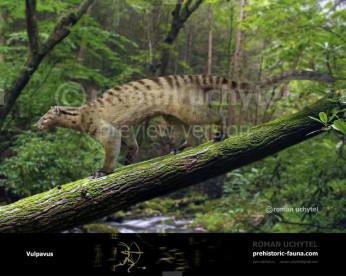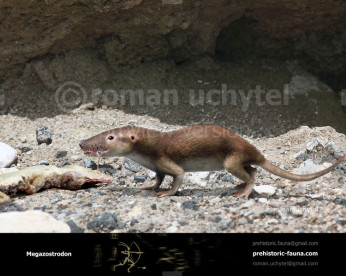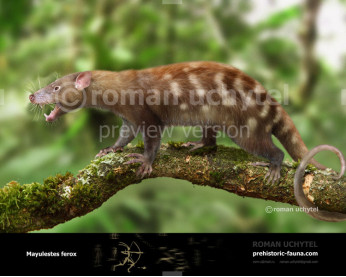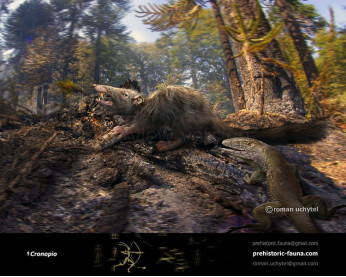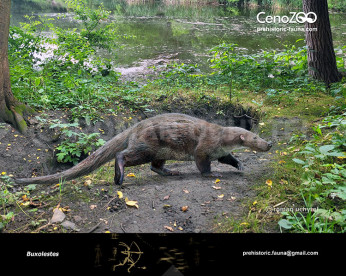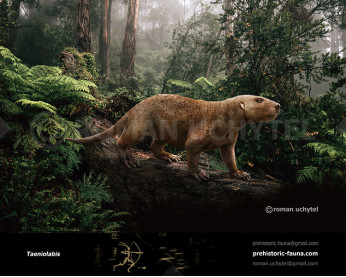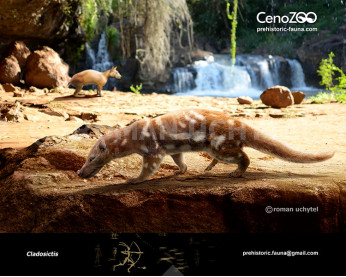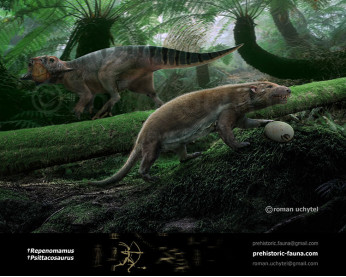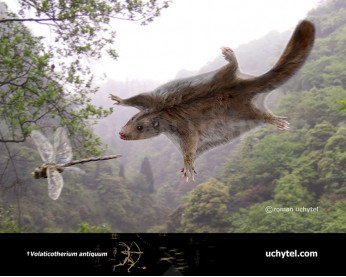Vincelestes neuquenianus
219219Vincelestes (Vincelestes neuquenianus Bonaparte, 1986)
(unranked): Cladotheria
Family: Vincelestidae
Genus: Vincelestes
Time period: Early Cretaceous
Typical representative: Vincelestes neuquenianus
Vincelestes ("Vince’s thief") is an extinct genus of actively mobile mammal, that lived in what would be South America during the Early Cretaceous from 130—112 mya, existing for approximately 18 million years. Vincelestes neuquenianus is the only species known to date. Specimens were found at La Amarga Formation of southern Neuquén Province, Argentina. Only nine individuals were recovered from this site.
The back teeth of Vincelestes were similar to those of therians in that they were capable of cutting and grinding. This enabled them to process food more efficiently. Although not the direct ancestor of therians, Vincelestes is important because it gives us an idea of what the ancestor of both placental and marsupial mammals might have looked like, and also gives an indication of when these mammals may have originated.
From Wikipedia, the free encyclopedia
Vincelestes (Vincelestes neuquenianus Bonaparte, 1986)
(unranked): Cladotheria
Family: Vincelestidae
Genus: Vincelestes
Time period: Early Cretaceous
Typical representative: Vincelestes neuquenianus
Vincelestes ("Vince’s thief") is an extinct genus of actively mobile mammal, that lived in what would be South America during the Early Cretaceous from 130—112 mya, existing for approximately 18 million years. Vincelestes neuquenianus is the only species known to date. Specimens were found at La Amarga Formation of southern Neuquén Province, Argentina. Only nine individuals were recovered from this site.
The back teeth of Vincelestes were similar to those of therians in that they were capable of cutting and grinding. This enabled them to process food more efficiently. Although not the direct ancestor of therians, Vincelestes is important because it gives us an idea of what the ancestor of both placental and marsupial mammals might have looked like, and also gives an indication of when these mammals may have originated.
From Wikipedia, the free encyclopedia

